Unlocking the Potential of the Mobile Phone Secondary Market in the UK
- Paul Schofield
- Feb 14, 2024
- 3 min read
Updated: Jul 16, 2024

What is the issue that we are trying to fix?
Executive Summary:
The secondary market for mobile phones in the United Kingdom is a dynamic and growing sector, offering consumers an array of options for purchasing pre-owned devices. This market not only provides affordability but also promotes sustainability by extending the lifecycle of mobile devices. However, one significant challenge faced by consumers is the inconsistency in the terminology used to describe the condition of devices, leading to confusion and potentially impacting purchasing decisions. We aim to explore the current landscape of the mobile phone secondary market in the UK, analyse the impact of varying terminologies, and propose solutions to enhance consumer confidence and clarity.
Introduction:
The mobile phone secondary market in the United Kingdom has experienced substantial growth in recent years, fuelled by advancements in technology, changing consumer preferences, and a heightened awareness of sustainability. According to industry reports, the UK is one of the leading markets for refurbished and pre-owned mobile devices, with an increasing number of consumers opting for these options over purchasing brand new phones.
Despite the obvious benefits offered by the secondary market, such as affordability and reduced environmental impact, consumers often encounter confusion when navigating the plethora of terms used to describe the condition of devices. This inconsistency in terminology poses challenges for consumers seeking to make informed purchasing decisions and undermines trust in the market.
Current Landscape:
The mobile phone secondary market in the UK is characterized by a diverse range of sellers, including specialized retailers, online marketplaces, and individual sellers. These sellers use various terms to describe the condition of pre-owned devices, ranging from "refurbished" and "like new" to "used" and "fair condition." However, there is no standardized terminology or grading system in place, leading to ambiguity and confusion among consumers. For instance, one seller's definition of "excellent condition" may differ significantly from another seller's interpretation, making it challenging for consumers to assess the true condition of the device.
Impact on Consumers:
The inconsistency in terminology within the mobile phone secondary market has several implications for consumers:
· Confusion: Consumers are often unsure about the condition of the device they are purchasing due to the lack of standardized terminology.
· Risk: Without clear descriptions of the device's condition, consumers may unknowingly purchase a device that does not meet their expectations or has undisclosed issues.
· Trust: The lack of consistency in terminology undermines trust in the secondary market, leading some consumers to avoid purchasing pre-owned devices altogether.
· Market Fragmentation: The absence of standardized terminology contributes to market fragmentation, making it difficult for consumers to compare options across different sellers.
Proposed Solutions:
To address the challenges posed by inconsistent terminology in the mobile phone secondary market, several solutions can be implemented:
· Standardized Grading System: Introduce a standardized grading system that categorizes devices based on their condition, similar to the system used in the automotive industry (e.g., excellent, good, fair).
· Regulatory Guidelines: Establish regulatory guidelines or industry standards for describing the condition of pre-owned devices, ensuring consistency and transparency across sellers.
· Consumer Education: Provide consumers with clear explanations of the various terms used to describe device condition, empowering them to make informed purchasing decisions.
· Seller Accountability: Encourage sellers to adhere to standardized terminology and provide accurate descriptions of device condition, with penalties of some form for non-compliance.
· Third-Party Verification: Implement independent third-party verification mechanisms to validate device condition and provide assurance to consumers.
Conclusion:
The mobile phone secondary market in the United Kingdom offers consumers an attractive alternative to purchasing brand new devices, with benefits such as affordability and sustainability. However, the lack of standardized terminology for describing device condition presents a significant challenge for consumers, leading to confusion and distrust.
By implementing solutions such as a standardized grading system, regulatory guidelines, and consumer education initiatives, stakeholders can enhance transparency and clarity within the secondary market, ultimately improving consumer confidence and driving further growth in the sector. Collaboration among industry players, regulators, and consumer advocacy groups will be essential in achieving these objectives and unlocking the full potential of the mobile phone secondary market in the UK.




Comments